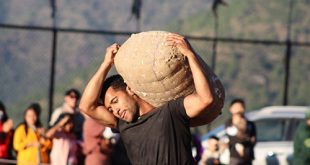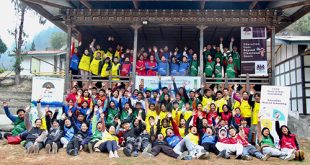Zhemgang, the district with the highest poverty rate in Bhutan at 41.4%, is seeing many farmers struggle to access government rural development programs because of the current cost-sharing requirements. Trong Gewog Gup, Wangay, says his proposal has been pending for over a year because farmers cannot afford to pay the 30% contribution needed. When he raised this issue with the Dzongkhag Administration, he was told that providing full support could reduce people’s sense of responsibility.
In Phangkhar Gewog Gup, Tashi, pointed out that many households cannot afford the required Nu 15,000 to 20,000 as they are struggling to meet basic daily needs. Meanwhile, gewogs like Shingkhar, Martshala, and Yoesheltse are able to benefit because they can meet the cost-sharing requirements.
The Agriculture Minister Younten Phuntsho clarified that the current cost-sharing model is not meant to exclude farmers. Cost sharing has been a central strategy since 1961, and in 2019 the first formal Cost Sharing Mechanism (CSM) was introduced, later revised in 2021 and updated as CSM 2025, approved in June 2025.
The CSM 2025 is designed to support the Ministry of Agriculture and Livestock (MoAL)’s goals for increasing production, sector GDP, and export revenue. The model prioritizes investment in critical agricultural inputs and value chains, aiming to transform subsistence farming into more productive ventures.
Under the new mechanism, cost-sharing is divided into two categories: subsistence and large-scale farming. Subsistence farmers receive 50% government support for hiring farm machinery and cheaper land development services, while large-scale farmers receive no subsidy for machinery rental but support for other activities, like greenhouses and modern technologies at different cost-sharing levels.
The government also ensures that critical public infrastructure, such as irrigation systems and fencing, as well as new seed varieties, are provided uniformly to all farmers, regardless of farm size.
Out of 72 key input interventions in the CSM, 29 of 32 under the Department of Agriculture and 22 under the Department of Livestock directly support subsistence farmers.
MoAL states that the cost-sharing mechanism is a targeted approach to empower smallholder farmers, encourage scaling up, and improve productivity and incomes. The full CSM 2025 document is available on the ministry’s website for public reference.
 The Bhutanese Leading the way.
The Bhutanese Leading the way.




